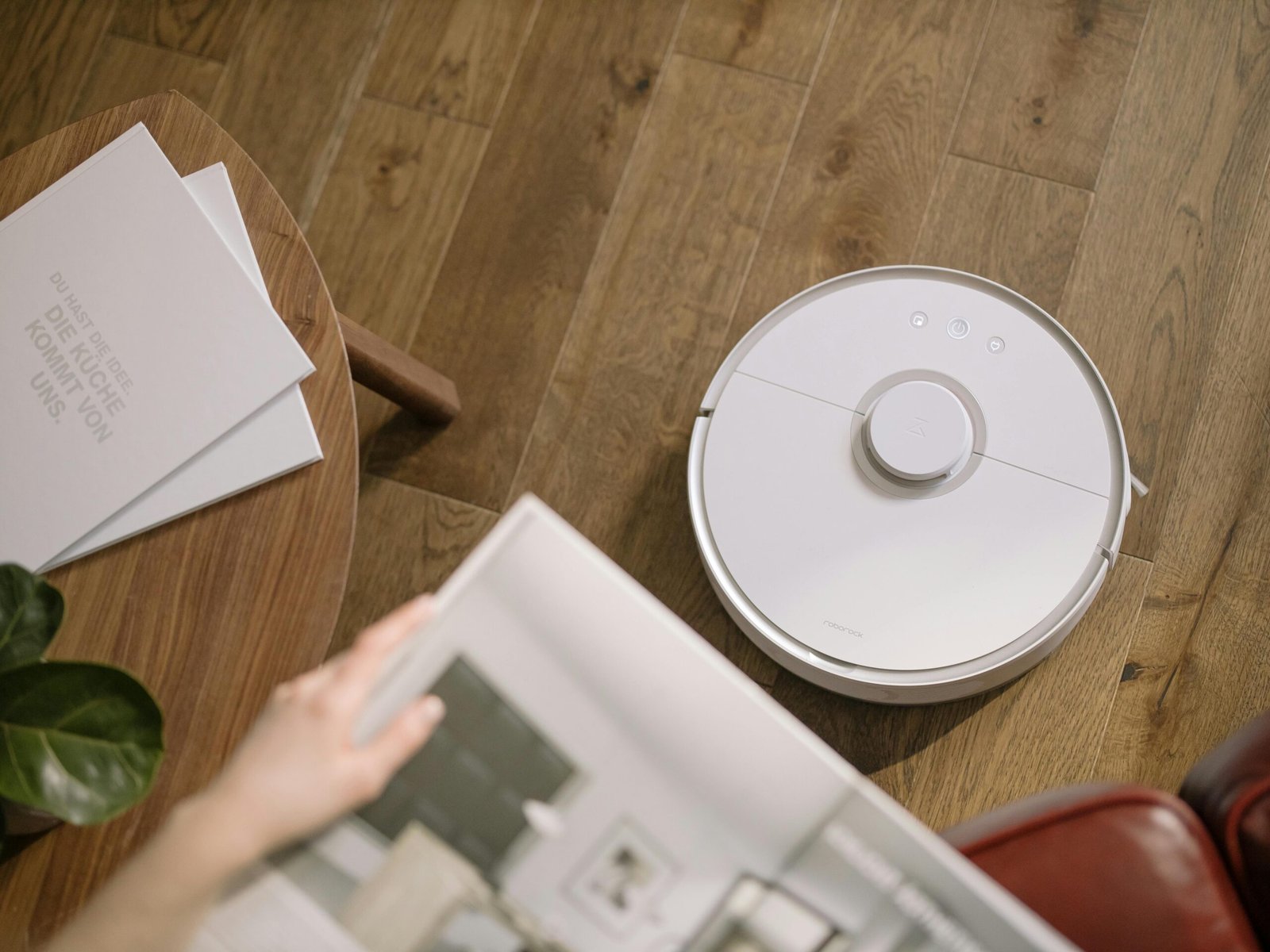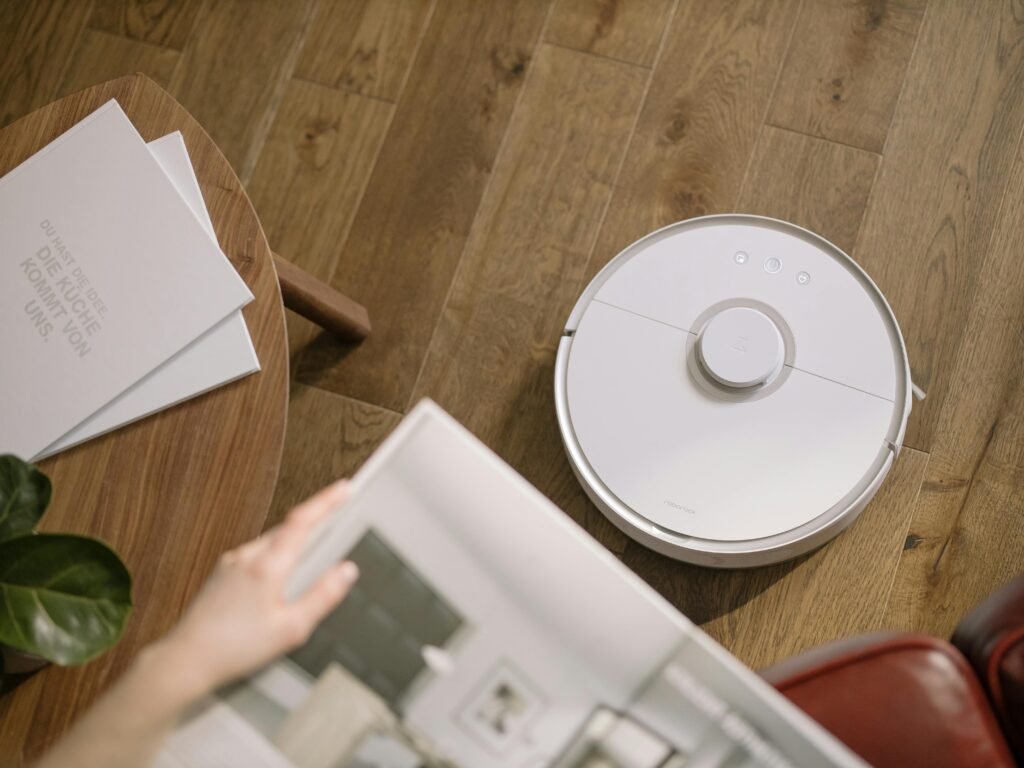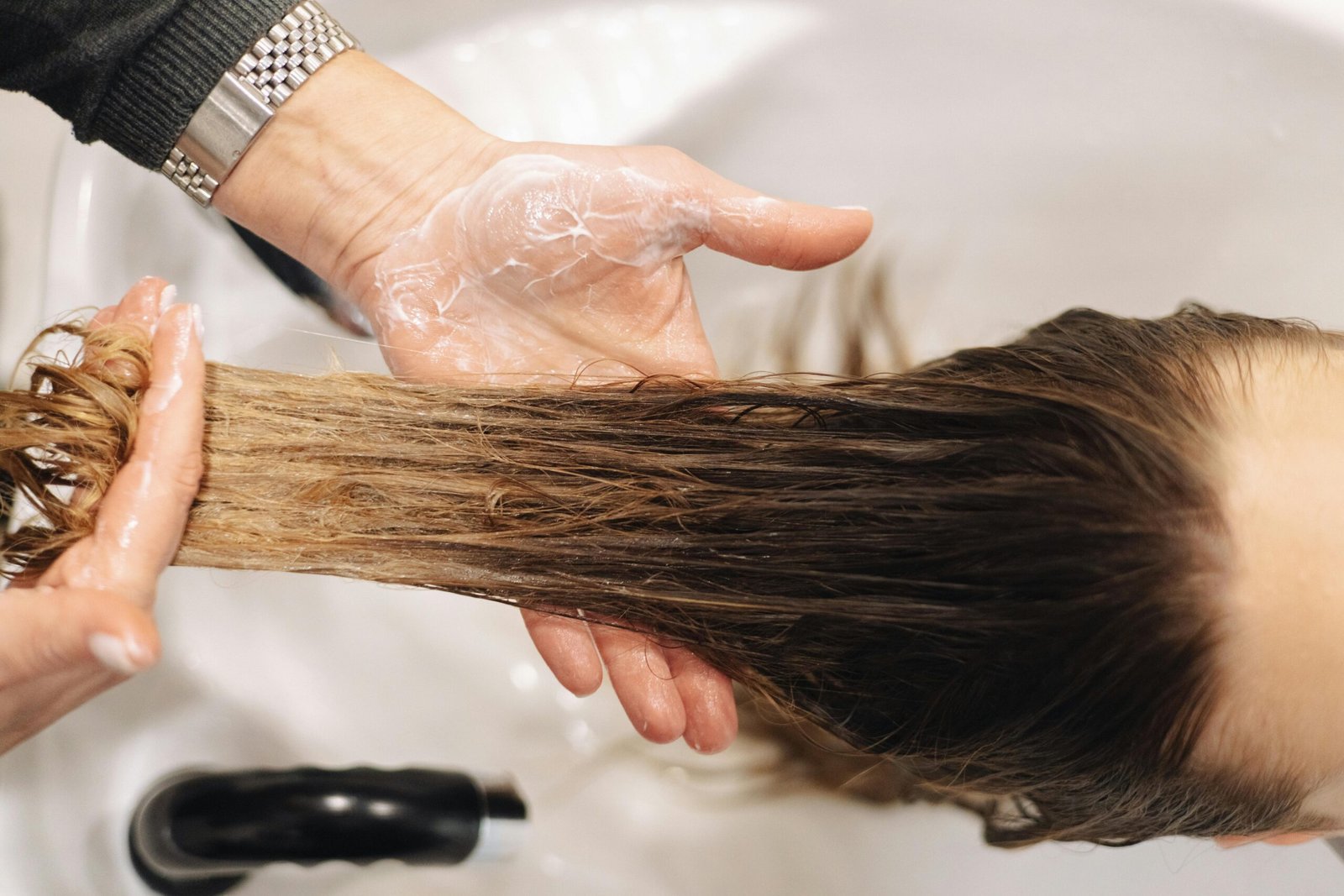Smart Robot Vacuum Buying Guide


Introduction
Smart robot vacuums have transitioned from novelty gadgets to indispensable home-cleaning partners. Equipped with advanced navigation, powerful suction, and hands-free operation, these devices tackle daily floor maintenance so you don’t have to. In 2025, the market offers a spectrum of models—from budget-friendly entry units to high-end lidar-based systems—each boasting unique combinations of mapping, obstacle avoidance, mopping, and emptying features. This comprehensive guide will walk you through the core technologies, purchasing criteria, detailed product comparisons, operational tips, and maintenance best practices to help you select the ideal robot vacuum for your home.
Core Technologies Explained
- LiDAR vs. Camera-Based Navigation
- LiDAR: Uses 360° laser scanning to construct accurate room maps, excels in complex layouts and low-light conditions.
- Camera-Based: Relies on visual sensors to recognize furniture shapes and obstacles; generally more affordable but performance can vary in dim environments.
- Path Planning & SLAM Algorithms
- Employ Simultaneous Localization and Mapping (SLAM) to build and update maps in real time, enabling systematic cleaning without missed spots.
- Advanced models let you draw virtual no-go lines and divide your home into zones for targeted cleaning sessions.
- Suction Power & Dustbin Design
- Measured in Pascals (Pa), suction ranges typically from 1,200 Pa in entry-level units to over 10,000 Pa in flagship models.
- Dustbin capacities vary from 0.3 L to 0.6 L; pairing with an auto-empty base extends intervals between manual emptying.
- Battery Life & Charging Behavior
- Runtime per charge spans 90 to 180 minutes, depending on power mode and floor type.
- “Return to dock and resume” allows vacuums to recharge mid-job and continue where they left off, ensuring full coverage.
- Connectivity & Voice Control
- Most support 2.4 GHz Wi‑Fi for app control, scheduling, and live monitoring.
- Integration with Alexa, Google Assistant, and Siri enables hands-free commands like “Hey Google, start vacuuming the living room.”
- Mopping & Hybrid Cleaning
- Water tank sizes vary from 100 mL to 300 mL; electronic valves regulate water flow for consistent damp mopping.
- Combined vacuum‑and‑mop units switch between modes automatically or allow simultaneous vacuuming and mopping.
- Purchasing Criteria
- Home Size & Layout: Larger homes and multi-room layouts benefit from long-run LiDAR models with SLAM; smaller spaces can be cleanly managed by compact, camera-based units.
- Floor Types: Hardwood, tile, and low‑pile carpet require moderate suction; high‑pile carpets or pet hair call for stronger motors and brushrolls.
- Obstacle Density: Homes with many low-profile obstacles (toys, furniture legs) need advanced obstacle-avoidance sensors or 3D vision systems.
- Cleaning Frequency: If you plan daily cleaning, look for self-emptying bases and large dustbins to minimize upkeep.
- Mopping Needs: For hard floors, hybrid vacuum-mop models are ideal; if mopping is secondary, consider a separate handheld solution.
- Smart Home Compatibility: Ensure the model works with your existing smart home platforms and hubs.
- Budget Range: Entry-level units start around $200, mid-range models $400–$600, and flagship vacuums with full auto-empty and mopping go for $700–$1,000+.
- Top 10 Best‑Selling Robot Vacuums of 2025
- iRobot Roomba j7+ ($699)
• Navigation: Dual LiDAR and vision-based object detection, recognizes and avoids common hazards like cords and pet waste.
• Suction: Up to 10,000 Pa in PowerBoost mode for deep cleaning high-traffic areas.
• Dustbin: 0.4 L bin paired with Clean Base® auto-empty station holds 60 days of debris.
• Battery: 120 min runtime; auto-resume after charging.
• Mop: Optional AeroForce® filter and compatible with Braava jet® mopping robots via scheduling.
• Connectivity: Wi‑Fi, iRobot Home App, Alexa/Google integration. - Roborock S8 Pro Ultra ($899)
• Navigation: True LiDAR 3D scanning plus sonic obstacle avoidance for comprehensive mapping.
• Suction: 6,000 Pa strong suction across carpet and hard floors.
• Mopping: Auto-empty dustbin and automatic mop washing/rinsing station; 3‑mode water flow.
• Battery: 180 min in Eco mode.
• Special: Zoned cleaning, no-mop zones, multi-floor mapping. - Ecovacs Deebot X2 Omni ($799)
• Navigation: DToF laser sensor with AI object recognition.
• Suction: 5,500 Pa maximum power.
• Mopping: Dual water tanks for cleaning and fresh water; auto-dry function.
• Battery: 150 min; 200 mL water tank.
• Unique: Voice assistant built in, 4‑stage mop cleaning. - Neato D10 ($499)
• Navigation: D‑shape design with LiDAR for edge-to-edge cleaning.
• Suction: 4,000 Pa.
• Dustbin: 0.7 L manual bin.
• Battery: 150 min; no auto-empty option.
• Highlights: Spiral Combo Brush for pet hair. - Shark AI UltraClean ($549)
• Navigation: Dual front camera and cliff sensors; home mapping.
• Suction: 2,200 Pa.
• Auto‑Empty: 30‑day bagless Clean Base®.
• Battery: 105 min.
• Category: Entry hybrid auto-empty. - Dreame Bot Z10 Pro ($629)
• Navigation: LiDAR + semantic object recognition.
• Suction: 5,000 Pa.
• Auto-Fixture: Auto empty and auto mop cleaning station.
• Battery: 130 min.
• Features: Customizable cleaning pass count. - Samsung Jet Bot AI+ ($699)
• Navigation: LiDAR and 3D sensor avoids small objects.
• Suction: 3,000 Pa.
• Auto-Empty: Clean Station holds 4.5 L.
• Battery: 90 min.
• Special: Samsung SmartThings integration. - Eufy RoboVac L70 Hybrid ($399)
• Navigation: LiDAR+onboard camera SLAM.
• Suction: 2,200 Pa.
• Hybrid: Simultaneous vacuum and mop with adjustable water flow.
• Battery: 150 min. - Yeedi Vac Station ($429)
• Navigation: Visual SLAM.
• Suction: 2,500 Pa.
• Station: Auto-empty and auto-mop recharge.
• Battery: 120 min.
• Affordable hybrid. - iLife V8s ($199)
• Navigation: Infrared + drop sensors.
• Suction: 1,200 Pa.
• Hybrid: 2‑in‑1 vacuum and mop plate.
• Battery: 100 min.
• Best budget hybrid. - Feature Comparison & Use Cases
- Large Homes/Multi-Room: Roborock S8 Pro Ultra, Ecovacs X2 Omni for extended run times and precise mapping.
- Pet Owners: Neato D10 and Roomba j7+ excel at hair pickup and tangle-free brushes.
- Budget Solutions: iLife V8s and Eufy RoboVac L70 deliver essential cleaning and mopping at under $400.
- High-End Luxury: S8 Pro Ultra and X2 Omni offer full auto-empty and mop-care stations.
- Mopping Priority: Ecovacs X2 Omni and Dreame Z10 Pro for best wet cleaning.
- Operational Tips
- Empty dustbins and clean filters every 1–2 cleans for optimal suction.
- Remove hair and debris from brushrolls and side brushes weekly.
- Rinse mop cloths after each use; replace every 2–3 months.
- Use “Carpet Boost” mode or equivalent to increase suction on rugs.
- Set virtual boundaries via the app to protect delicate areas and pet feeding zones.
- Maintenance & Care
- Replace HEPA filters every 3–6 months; brushrolls every 6–12 months; side brushes every 3–6 months.
- Change auto-empty dust bags every 2–3 months depending on usage.
- Update firmware regularly via the app to benefit from optimizations and new features.
- Store the robot at partial charge in a cool, dry place if unused for extended periods.
- Consult troubleshooting guides for error codes; perform soft resets when necessary.
- FAQs
Q: Which navigation is best: LiDAR or camera?
A: LiDAR provides reliable performance in all lighting conditions, ideal for larger or complex layouts. Camera-based models work well in bright environments and are more budget-friendly.
Q: Do I need an auto-empty station?
A: If you seek near-zero maintenance and run daily cleans, an auto-empty base is invaluable. Manual-empty models require more frequent user intervention.
Q: Are hybrid mop-vac units effective?
A: They handle light spills and dust; for heavy scrubbing or sticky messes, follow up with a manual mop.
Q: Can robot vacuums fully replace manual cleaning?
A: They handle routine debris and dust; deep-edge cleaning, grout lines, and heavy spills still benefit from manual attention. - Conclusion
Smart robot vacuums offer a revolutionary way to keep floors clean with minimal effort. By understanding core technologies, matching features to your home’s layout, and following proper maintenance routines, you can select a model that delivers years of reliable performance. Whether you prioritize mapping precision, pet-hair pickup, mopping capability, or budget-friendly convenience, the right robot vacuum awaits to streamline your cleaning routine and free you for more important tasks.






